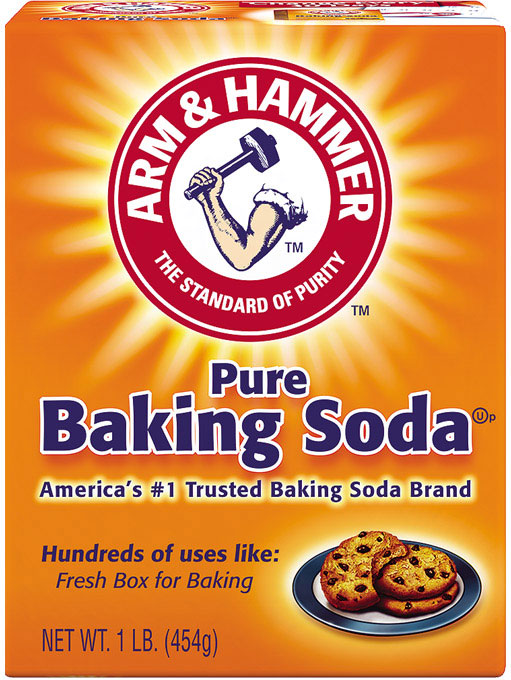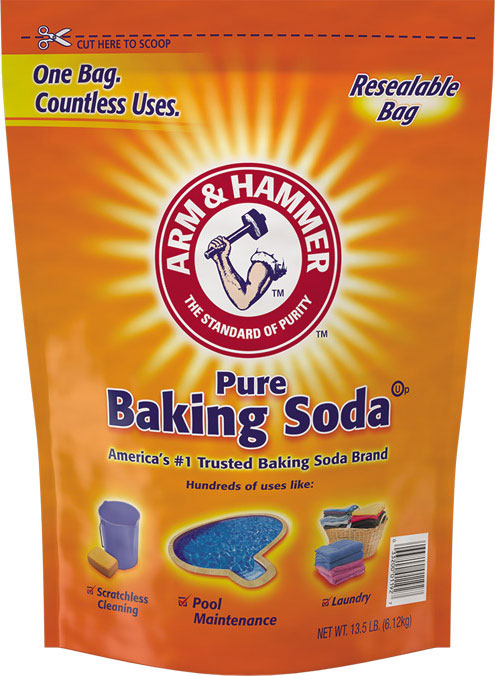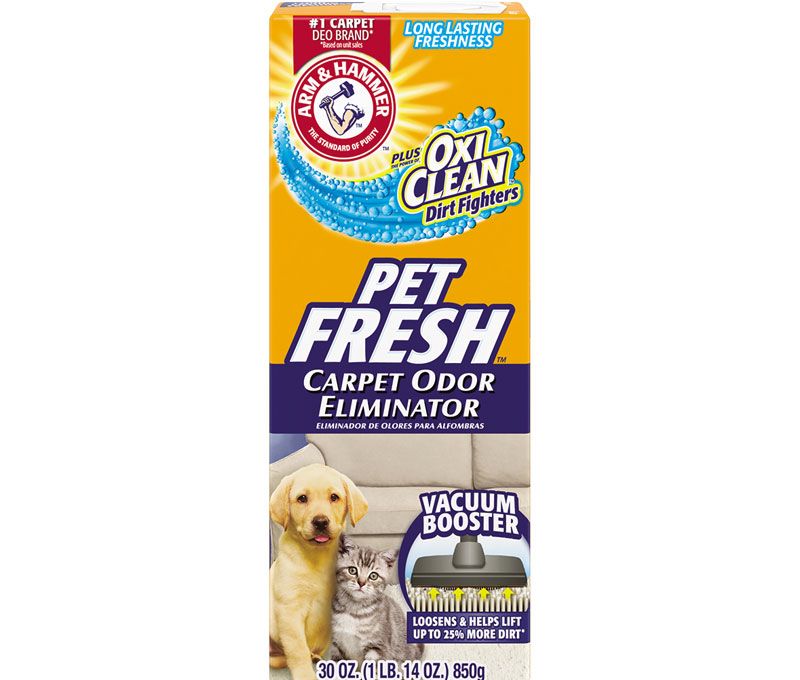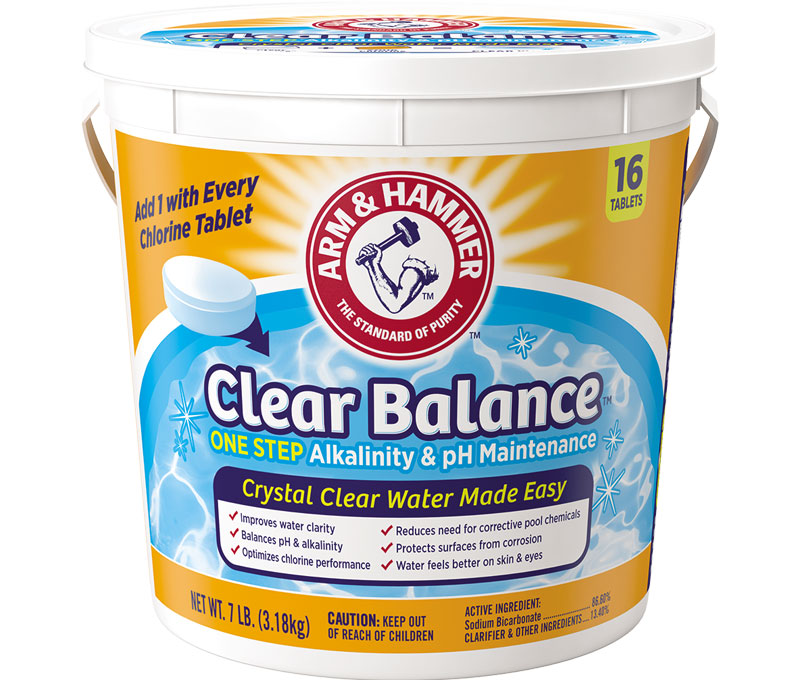How to Prep Your Pool after Winter
Follow these steps to go from removing the pool cover after winter to jumping in to clear clean water on opening day.
1. Remove Pool Cover
- Clear off any leaves or debris and pump off excess water on your pool cover to keep as much of it from going into your pool water as possible.
- Remove the cover, then clean it and let it dry before storing it for the summer. After laying out the cover, try sprinkling with liberal amounts of baking soda to absorb moisture, then fold and store in the cover bag or a plastic bin.
2. Inspect & Clean Pool Tile & Interior
- Look for chips or cracks in the plaster or indentations on the deck and coping.
- Inspect pool tile and grout for cracks or chips.
- Remove all winter plugs from the skimmers and wall returns and reattach drain plugs and directional fittings.
- Reattach underwater pool lights.
- Inspect the filter, return lines, and pump for any damaged or worn parts and replace them.
3. Inventory & Check Pool Chemicals & Test Kits
Check your pool chemicals and properly discard any that are expired. Consider having the following on hand to sanitize and balance your pool water.
- Shock treatment to hyperchlorinate and sanitize the water.
- Chlorine tablets to sanitize and maintain clean pool water.
- Bromine as a chlorine alternative for high temperature areas.
- Muriatic acid to help clean your pool, remove calcium deposits, and lower water pH.
- Sodium bisulfate (dry acid) to lower water pH as needed.
- Sodium bicarbonate. Keep a bag of ARM & HAMMER™ Baking Soda on hand as to increase total alkalinity for more clear and stable pool water.
- Soda ash (sodium carbonate) to increase pool water pH and raise alkalinity.
- Calcium chloride if you have soft water and low calcium levels.
- Algaecide to kill algae and prevent algae growth.
- Clarifier to help your filtration system remove dirt and keep your water clear.
- Pool maintenance tablets such as ARM & HAMMER™ Clear Balance™ to complement chlorine and keep your pool’s pH and alkalinity balanced throughout the season.
- Pool test strips to check your water pH and alkalinity levels.
4. Vacuum and Clean Pool Walls & Floor
- Skim the surface of the pool water to remove debris
- Vacuum pool floor to remove algae and dirt.
- Remove any debris from the baskets.
- Clean and remove calcium scale on pool tiles with a household tile cleaner or baking soda and a tile brush.
5. Fill the Pool to Proper Water Level
- Use your garden hose to add water to the pool, up to about halfway up the tile or midway across the skimmer.
6. Inspect, Clean & Reconnect Pool Filter, Hoses & Equipment
- Check to make sure all equipment is working properly. Make sure all skimmers, filters, pumps, hoses, drains and equipment are clean.
- Reconnect your pool pump, filter, hoses and all electrical equipment that you removed for winter. For an above ground pool, reconnect the flexible plumbing lines to the skimmer and equipment.
7. Prime & Test the Pool Pump and Turn on Filtration System
Turn on the power and run the circulation and filtration systems; let the filter run for at least 12 hours.
8. Reattach Ladders, Handrails & Accessories
Re-attach your ladders, handrails, and any extras such as diving boards or slides.
TIP: Lubricate the bolts to prevent rusting — and to make removing them easy when you’re closing the pool.
Now’s also the time to get out your pool furniture and wash off the cushions.
9. Inventory Pool Maintenance Equipment
Check to make sure all equipment is working properly and replace any items as needed.
- Nylon and wire brush
- Telescopic pole
- Skimmer net
- Vacuum head and hose
- Vacuum plate
Test, Shock & Balance Your Pool Water
Now that the physical pool and equipment is ready, it’s time to prep the pool water for opening. Since the water has been sitting through the cold months, it will need a large dose of chemicals to kill bacteria and algae, and to bring the water to a proper pH that doesn’t irritate eyes and skin for swimming. You’ll need a few days to work on the water before opening day to ensure you have clean, clear, blue water that’s safe for swimmers. Once you’ve gotten your pool opening balance set up correctly, you’ll be maintaining for the rest of the pool season.
10. Test your water’s alkalinity first.
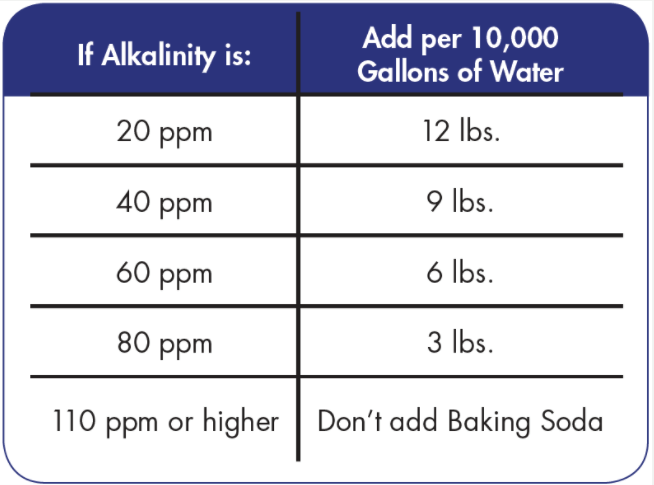
Use one of your pool test strips to check the alkalinity level. You want to do this first because starting with the proper alkalinity will make your other chemicals work together better and avoid wild swings in pH level.
Ideal pool water alkalinity is around 110 ppm. If it’s below this level, add 1.5 pounds of ARM & HAMMER™ Baking Soda for every 10,000 gallons of water to increase alkalinity by 10 ppm.
Add baking soda directly to the pool water and allow it to dissolve. Wait 20-30 minutes for the baking soda to disperse throughout the water and filtration system, then test again. You can buy ARM & HAMMER™ Baking Soda in bags of up to 15 lbs to tackle large jobs like balancing pool water.
11. Test pool pH levels
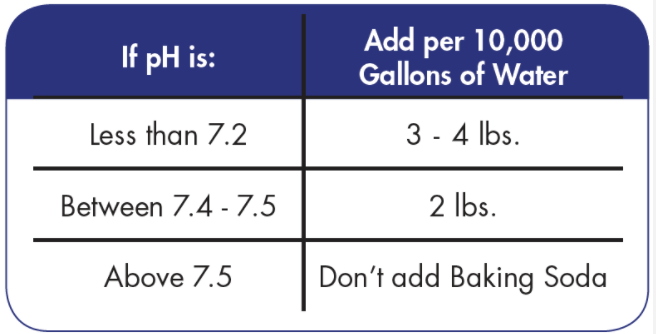
Test other aspects of your water chemistry next, especially pH, or the measurement of acidity or basicity of the pool water on a scale of 0-14. A pH of below 7 indicates water is acidic, above 7 indicates water is alkaline (basic). The correct balance can help minimize eye irritation, reduce odor, help prevent corrosion, keep water crystal clear, and avoid scaling (growth of mineral deposits) on pool surfaces and equipment, which can impact their performance.
More often than not, you’ll need to raise your pool water pH, especially as you open the pool and add shock treatment. Chlorine kills germs in your pool water but lowers the pH.
Baking soda or soda ash can be used to increase the pool water pH. To raise pH without raising alkalinity, use soda ash.
12. Add Shock
Shock the water (also called Superchlorination) by adding heavy doses of chlorinating product — liquid chlorine or calcium hypochlorite — to kill accumulated bacteria, algae and other organic matter. Adding shock tends to increase the chlorine in the water to the 5 to 10 ppm range, compared to normal levels of 1.0 to 3.0 ppm.
Until the chlorine level drops to below 3.0, keep swimmers out of the pool.
13. Clear Cloudy Pool Water
If your pool water is still cloudy, you’ve got some extra steps to do. Cloudy pool water can be common after shocking a pool, as high levels of chlorine, high alkalinity, high pH or too much calcium can make the water cloudy.
It may take 2-3 days for pool water to clear. Try using ARM & HAMMER™ Clear Balance™ tablets in your floater or skimmer. You may also need to use a liquid clarifier at the beginning of the season to clear water, then maintain clarity with Clear Balance™ tablets.
14. Perform Final Water Test
Your pool is almost ready to open. Perform another water test to make sure your pH, alkalinity, calcium, and free chlorine levels are in the appropriate ranges. Once your pool chemistry is in balance — and the water is sparkling clean — celebrate with the splashiest cannonball of the season!
Follow our tips in our DIY Pool Maintenance article to keep your pool clean and balanced throughout the spring and summer, and when it’s time to close your pool for the winter, our step-by-step checklist is your winterization guide.

